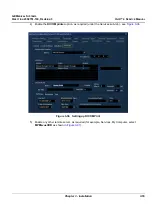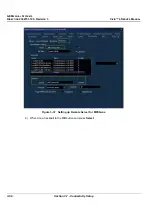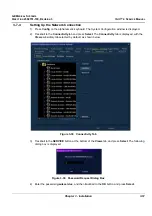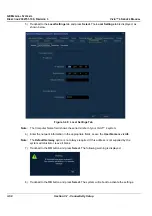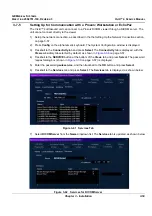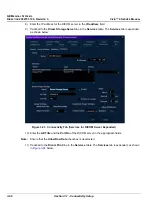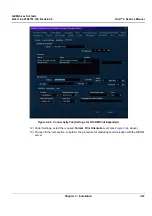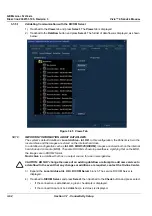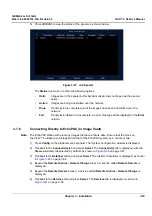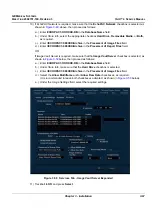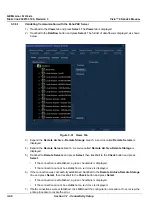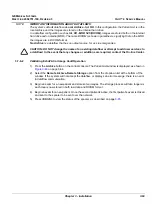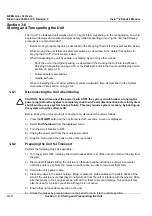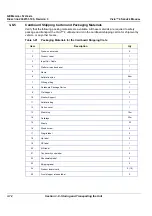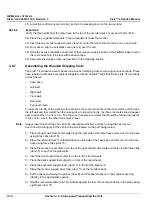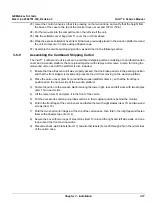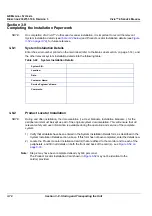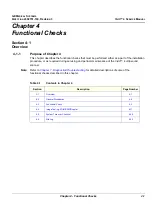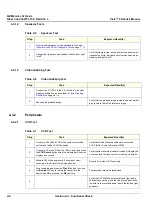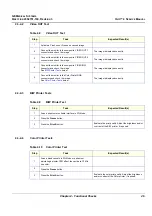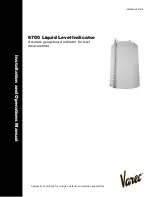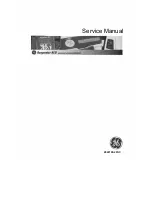
GE M
EDICAL
S
YSTEMS
D
IRECTION
2392751-100, R
EVISION
3
V
IVID
™ 4 S
ERVICE
M
ANUAL
Chapter 3 - Installation
3-69
NOTE:
IMPORTANT INFORMATION ABOUT DATAFLOWS
:
The system’s default dataflow is
Local Archive - Int. HD
. In this configuration, the Patient List is in the
local archive and the images are stored on the internal hard drive.
In a dataflow configuration such as
Int. HD - MOD 525 (DICOM)
,
images are stored both on the internal
hard drive and on media (MOD). The name DICOM is shown in parenthesis, signifying that on the MOD,
the images are in DICOM format.
No Archive
is a dataflow that has no output source, for use in emergencies.
CAUTION:
DO NOT change the name of an existing dataflow or attempt to add new services to
a dataflow!
In the event that any changes or additions are required, contact the On-line Center.
3-7-6-2
Validating EchoPAC or Image Vault Operation
1) Press the
Archive
button on the control console. The
Patient List
window is displayed, as shown in
2) Select the
Remote Archive-Remote Storage
option from the dropdown list at the bottom of the
window. If the system will not accept the dataflow, or displays an error message, there is an error
in dataflow communication.
3) Begin an exam for a new patient and store some images. The storage process will take longer as
each loop is now stored in both raw data and DICOM format.
4) Begin an exam for a new patient. Once the second patient is active, the first patient’s exam is closed
and sent to the spooler to be sent over the network.
5) Press
<Ctrl+S>
to view the status of the spooler, as described on page
.

